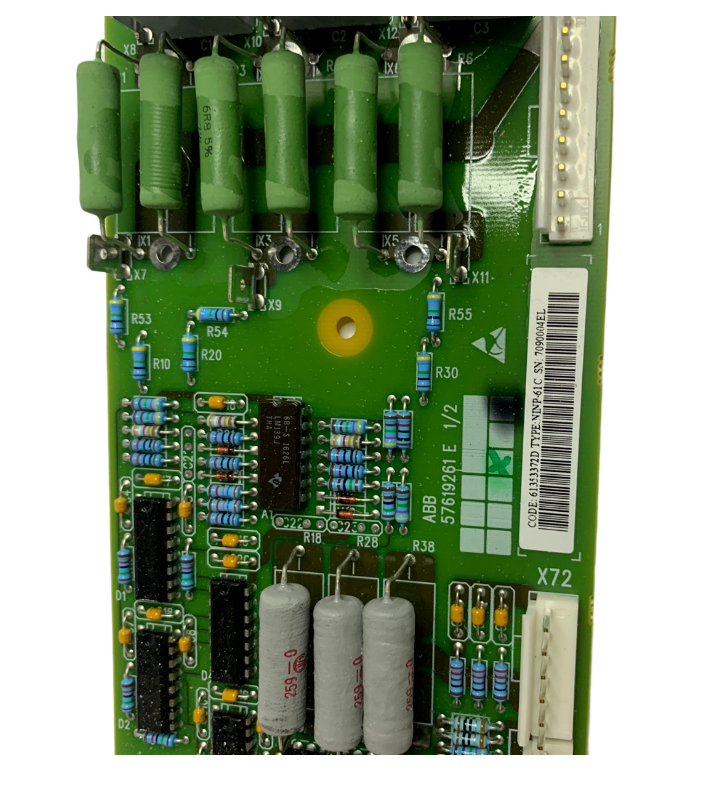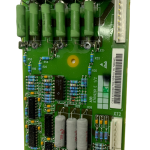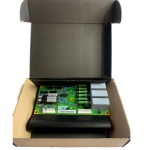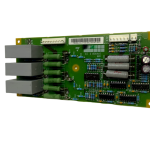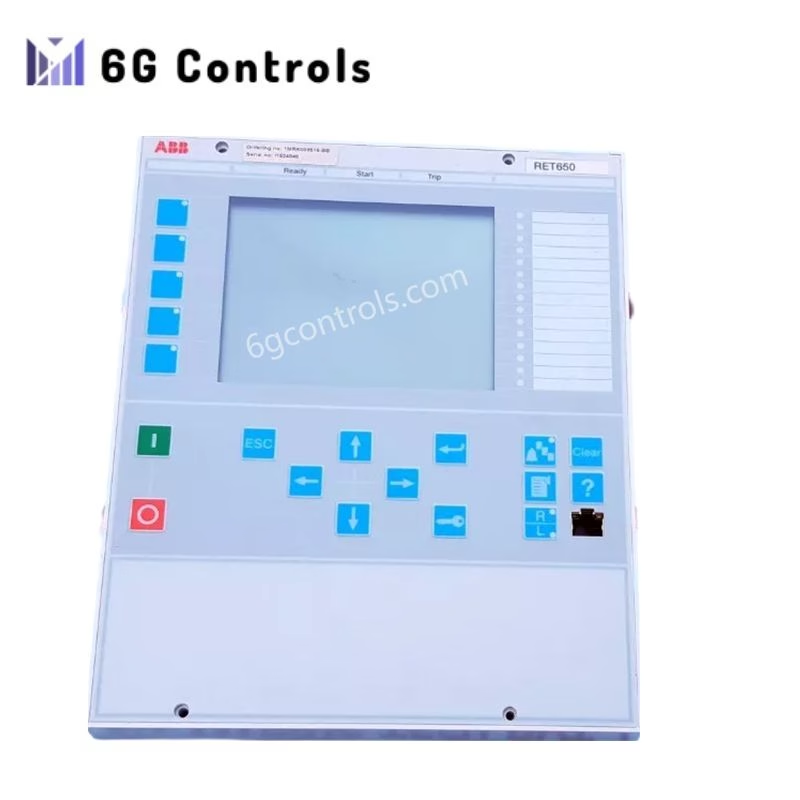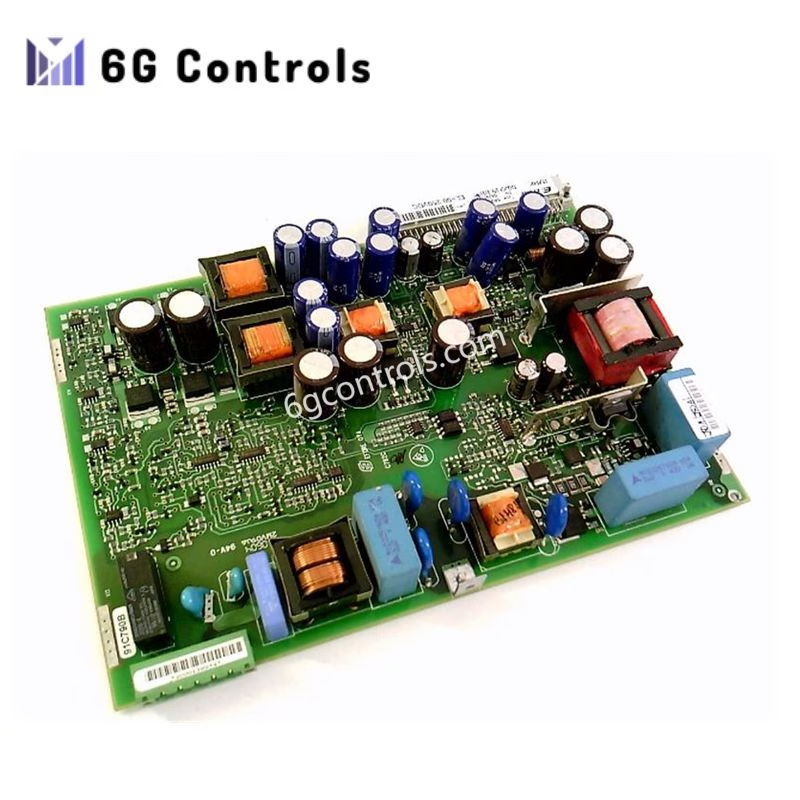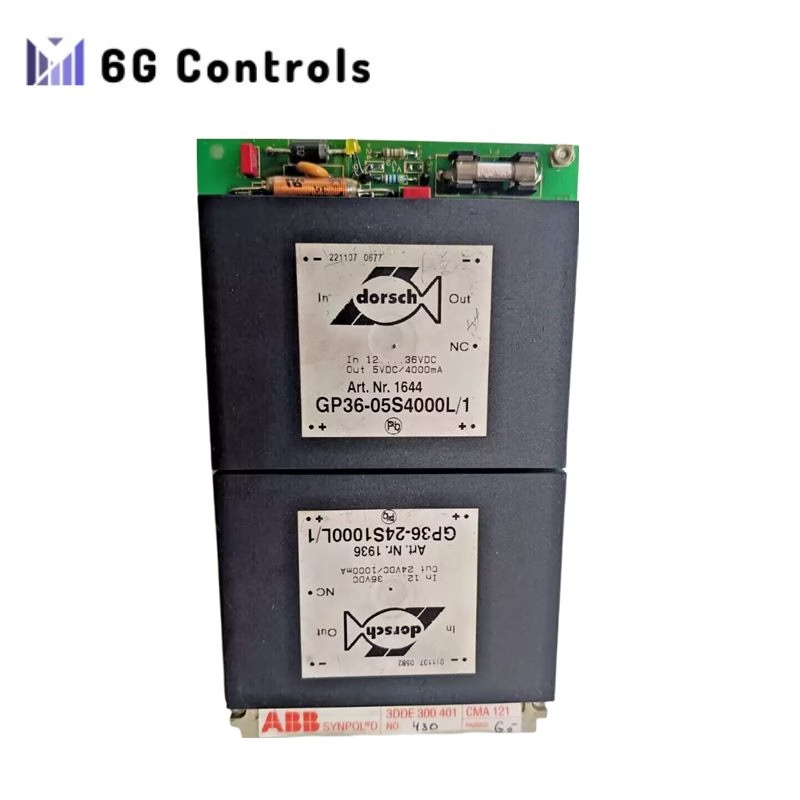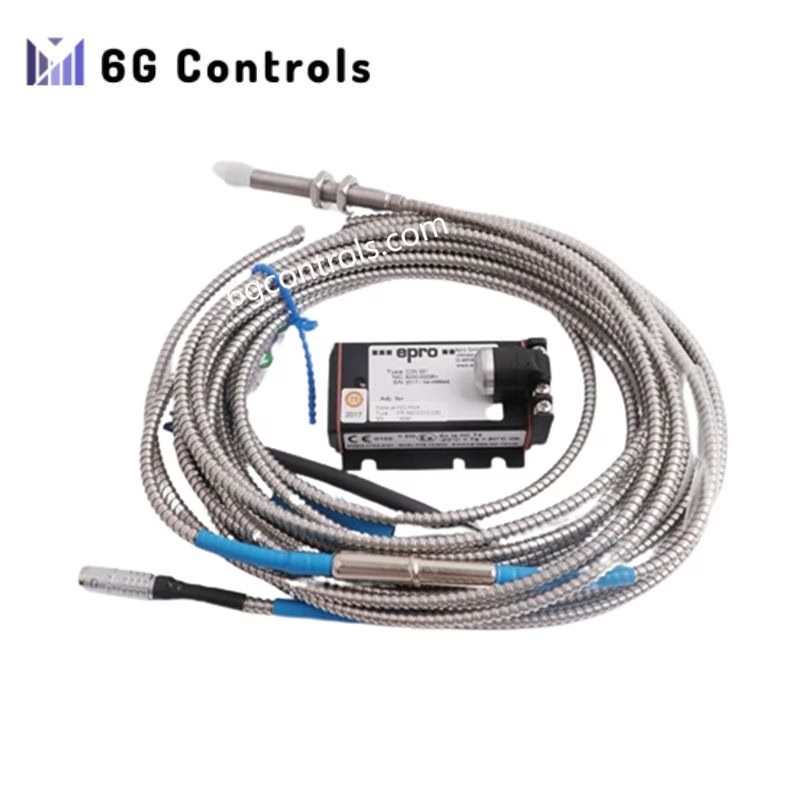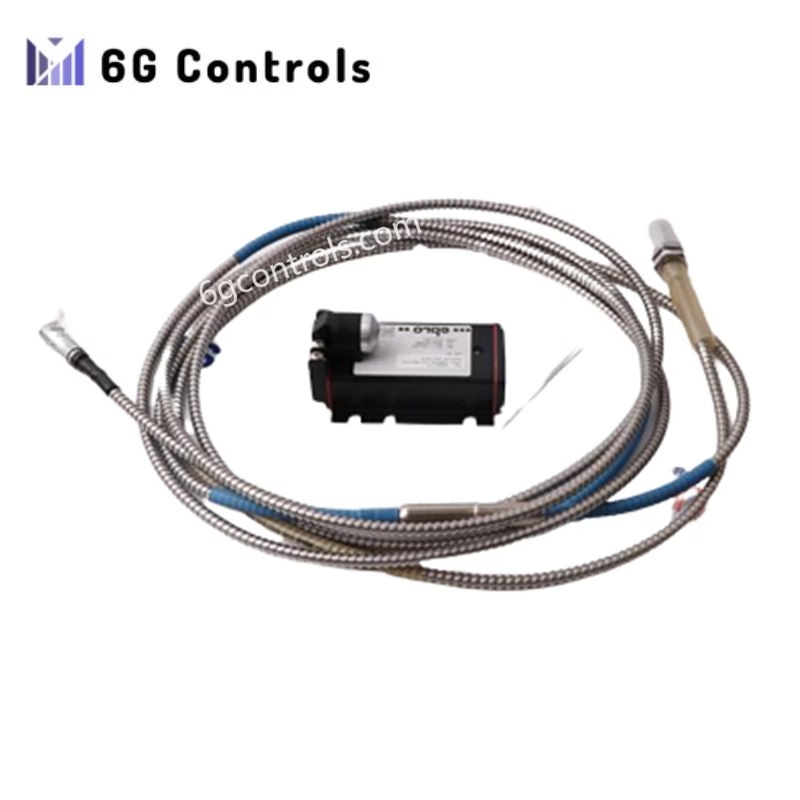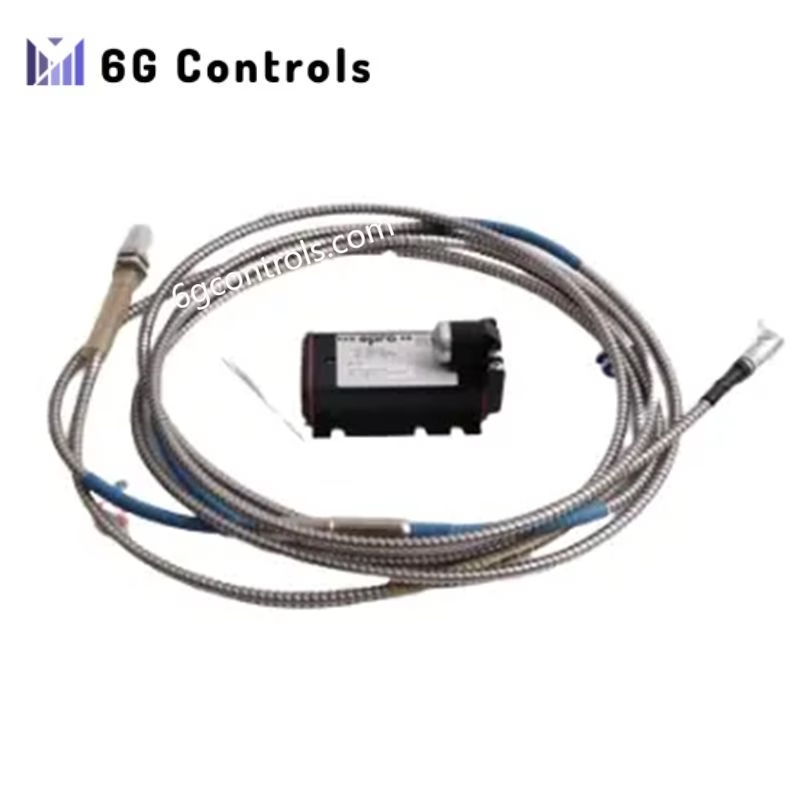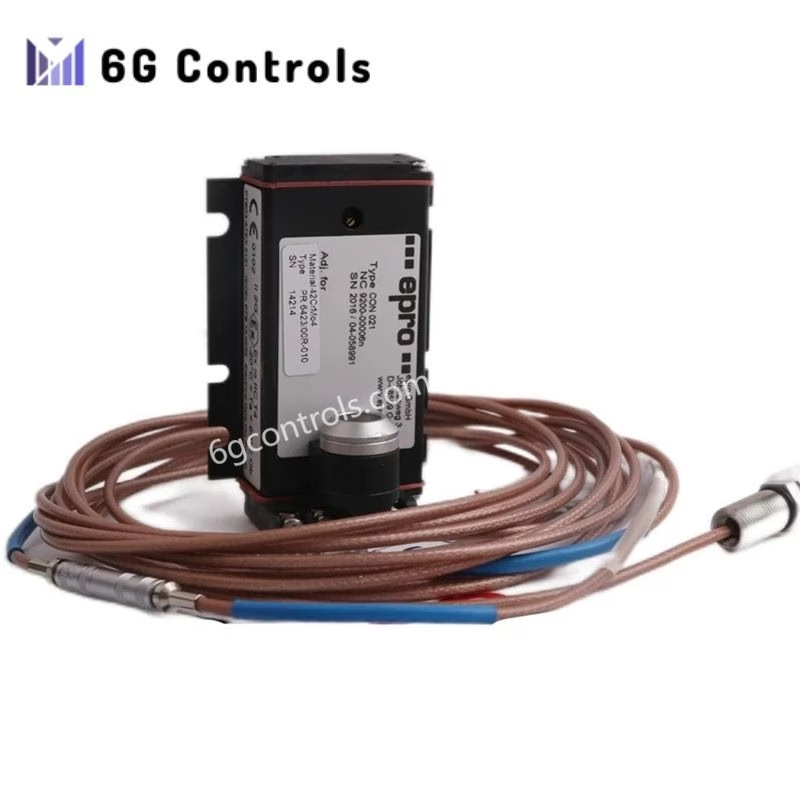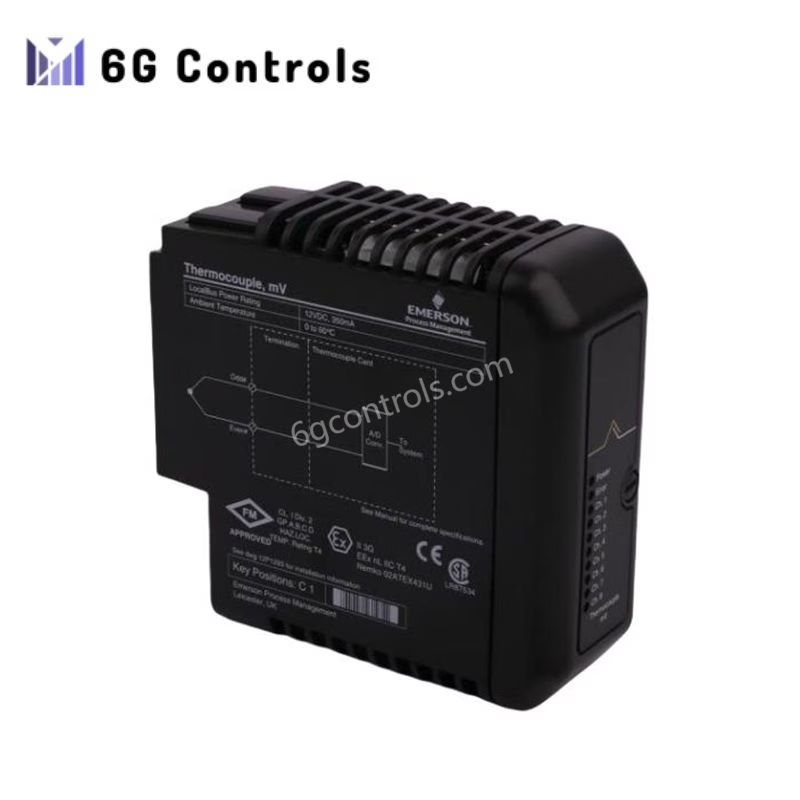Introducing the ABB NINP-61C Input Protection Card, a revolutionary product designed to provide advanced protection for input circuits. This brand new and original card offers a range of features and benefits, making it an ideal choice for various applications.
Features
- Advanced Protection: The NINP-61C card provides comprehensive protection for input circuits, safeguarding against voltage surges and other electrical disturbances.
- Fast Response Time: With its high-speed response, the card quickly detects and reacts to potential faults, minimizing the risk of equipment damage.
- Flexible Configuration: The card offers flexible configuration options to adapt to different input circuit requirements, ensuring compatibility with a wide range of systems.
- Multiple Input Channels: Featuring multiple input channels, the card can simultaneously protect multiple circuits, enhancing overall system reliability.
- Diagnostic Capabilities: The NINP-61C card includes diagnostic features that enable real-time monitoring and identification of potential issues.
Applications
The ABB NINP-61C Input Protection Card finds extensive applications in various industries, including:
- Industrial Automation: Protecting sensitive input circuits in industrial control systems, PLCs, and motor drives.
- Power Distribution: Safeguarding input circuits in electrical substations, power generation plants, and distribution networks.
- Renewable Energy: Ensuring reliable protection for input circuits in solar power and wind turbine installations.
- Building Automation: Providing enhanced input circuit protection for HVAC systems, lighting controls, and building management systems.
Technical Specifications
The NINP-61C Input Protection Card boasts the following technical specifications:
- Input Voltage Range: 100V to 500V AC/DC
- Operating Frequency: 50Hz to 60Hz
- Response Time: Less than 1 millisecond
- Operating Temperature: -40°C to 70°C
- Input Channels: 8 channels
- Communication Interface: Modbus RTU
Benefits
The ABB NINP-61C Input Protection Card offers several key benefits, including:
- Enhanced Equipment Reliability: By protecting input circuits, the card helps prevent damage to critical equipment, reducing downtime.
- Improved System Performance: The card’s fast response time ensures minimal disruption to system operation and increases overall performance.
- Cost Savings: By avoiding equipment failures and downtime, the card helps save costs associated with repairs and maintenance.
- Easy Installation: The card is designed for easy installation, minimizing setup time and simplifying integration into existing systems.
- Remote Monitoring: With its diagnostic capabilities and communication interface, the card enables remote monitoring and troubleshooting.
Conclusion
The ABB NINP-61C Input Protection Card is a cutting-edge solution that offers advanced protection, fast response time, and flexibility for input circuits. With its wide range of applications and numerous benefits, this card is a reliable choice for industries requiring robust input circuit protection.
Q: What is the purpose of the ABB NINP-61C Input Protection Card?
A: The NINP-61C card is designed to provide advanced protection for input circuits, safeguarding against voltage surges and other electrical disturbances.
Q: What are the key features of the NINP-61C card?
A: The NINP-61C card offers advanced protection, fast response time, flexible configuration, multiple input channels, and diagnostic capabilities.
Q: In which industries can the NINP-61C card be used?
A: The NINP-61C card finds applications in industrial automation, power distribution, renewable energy, and building automation sectors.
Q: What are the technical specifications of the NINP-61C card?
A: The card has an input voltage range of 100V to 500V AC/DC, operates at a frequency of 50Hz to 60Hz, and has a response time of less than 1 millisecond. It also features 8 input channels and a Modbus RTU communication interface.
Q: What benefits does the NINP-61C card offer?
A: The card provides enhanced equipment reliability, improved system performance, cost savings, easy installation, and remote monitoring capabilities.
Q: How does the NINP-61C card contribute to enhanced equipment reliability?
A: By protecting input circuits, the card helps prevent damage to critical equipment, reducing downtime and improving overall reliability.
Q: Can the NINP-61C card be integrated into existing systems?
A: Yes, the card is designed for easy installation and can be seamlessly integrated into existing systems, minimizing setup time.
Q: Does the NINP-61C card support remote monitoring?
A: Yes, the card includes diagnostic capabilities and a communication interface, enabling remote monitoring and troubleshooting.
Q: How does the NINP-61C card help save costs?
A: By avoiding equipment failures and downtime, the card helps save costs associated with repairs and maintenance.
Q: Is the NINP-61C card suitable for protecting input circuits in renewable energy installations?
A: Yes, the card provides reliable protection for input circuits in solar power and wind turbine installations, ensuring uninterrupted operation.
Q: What is the operating temperature range of the NINP-61C card?
A: The card can operate in temperatures ranging from -40°C to 70°C, making it suitable for various environments.
Q: How many input channels does the NINP-61C card support?
A: The card features 8 input channels, allowing simultaneous protection of multiple circuits.
Q: Does the NINP-61C card have a fast response time?
A: Yes, the card has a high-speed response time of less than 1 millisecond, ensuring quick detection and reaction to potential faults.
Q: Can the NINP-61C card be used in industrial control systems?
A: Absolutely, the card is well-suited for protecting sensitive input circuits in industrial control systems, PLCs, and motor drives.
Q: How does the NINP-61C card enhance system performance?
A: With its fast response time, the card minimizes disruption to system operation, ensuring improved overall performance.
Q: Is the NINP-61C card compatible with different input circuit requirements?
A: Yes, the card offers flexible configuration options to adapt to various input circuit requirements, providing compatibility with a wide range of systems.
 6G Controls - Leading Supplier of New & Original PLC 、DCS Parts and Automation Controller
6G Controls - Leading Supplier of New & Original PLC 、DCS Parts and Automation Controller
